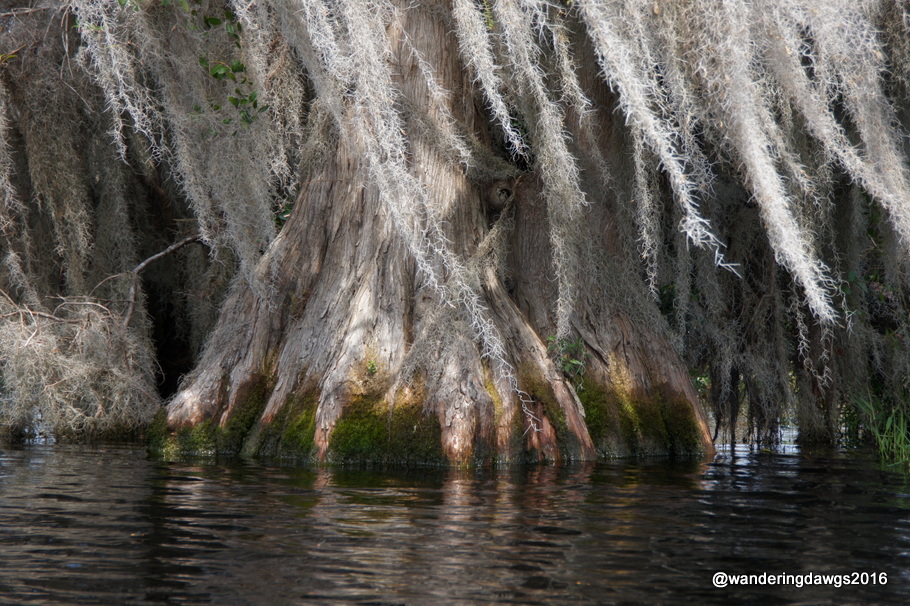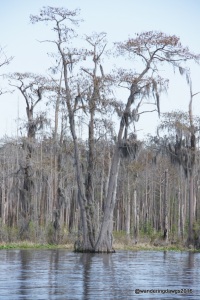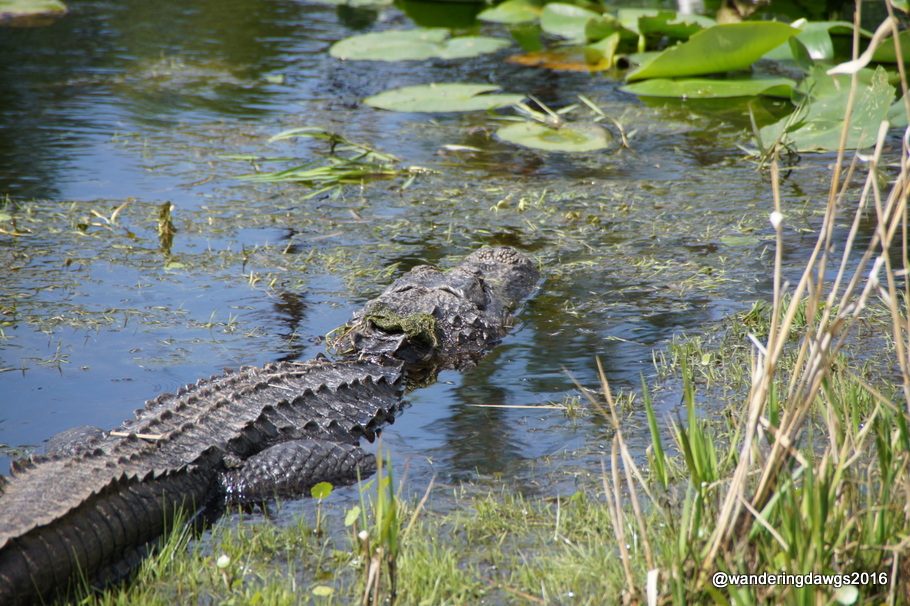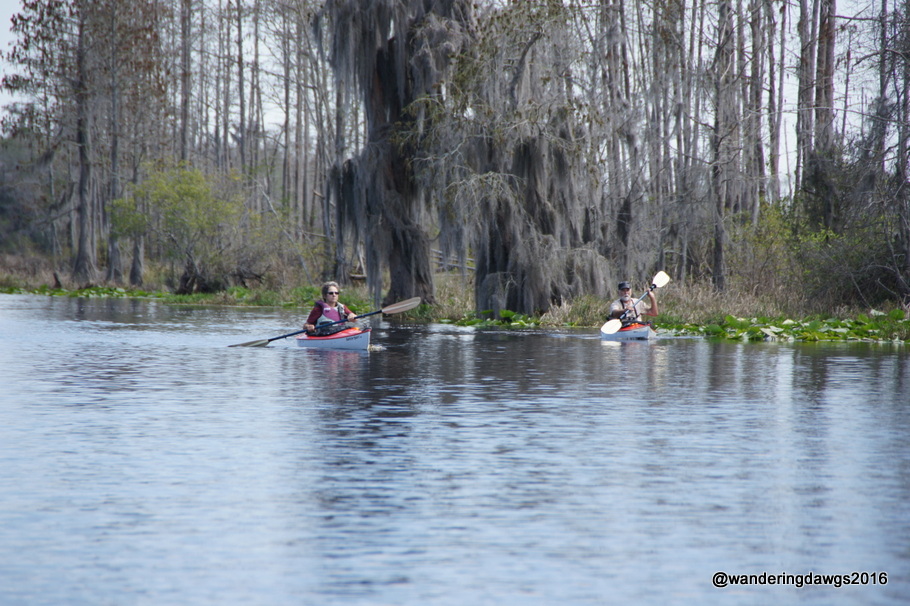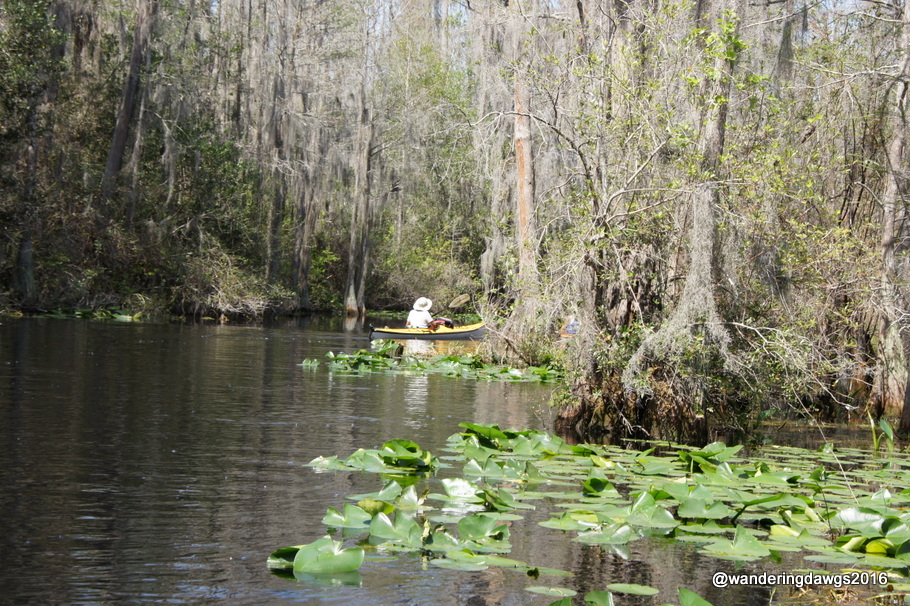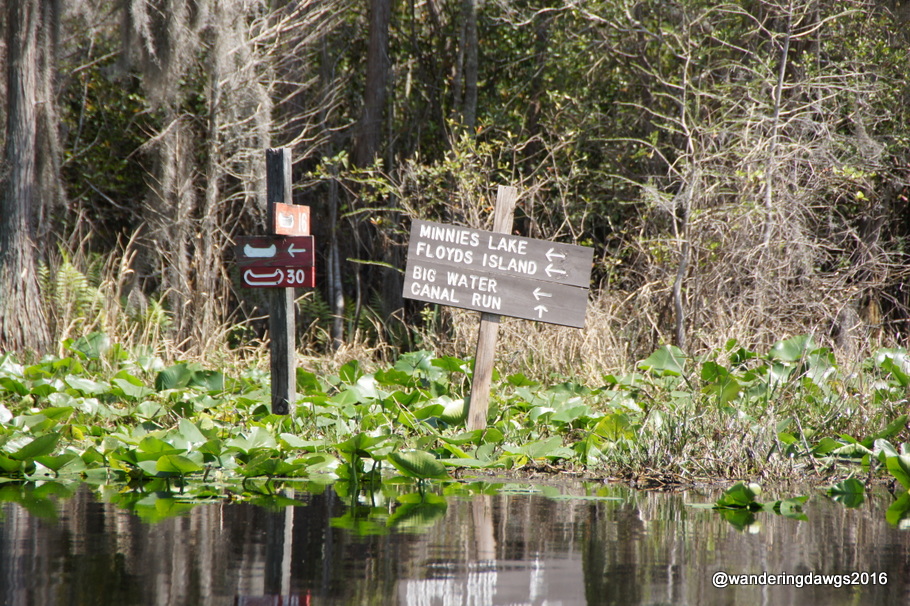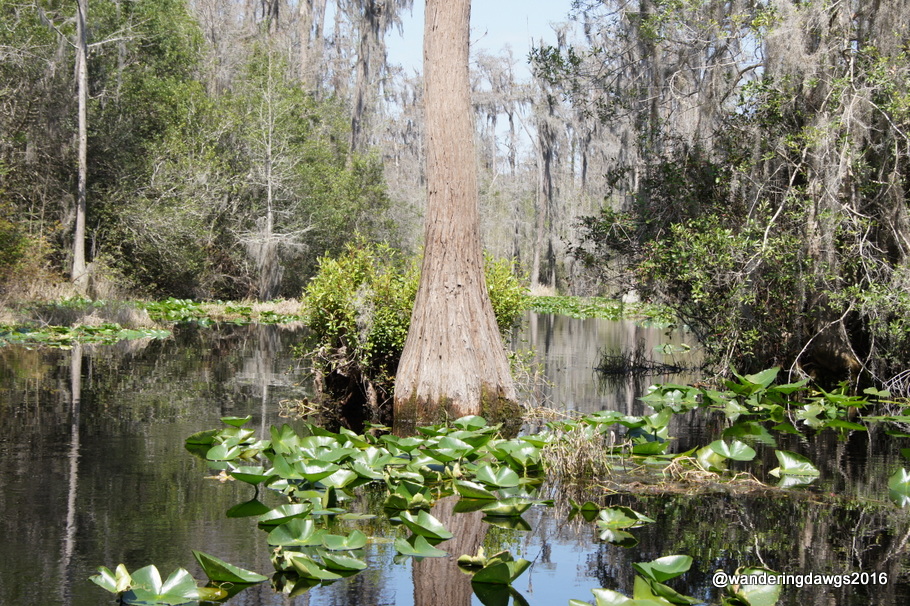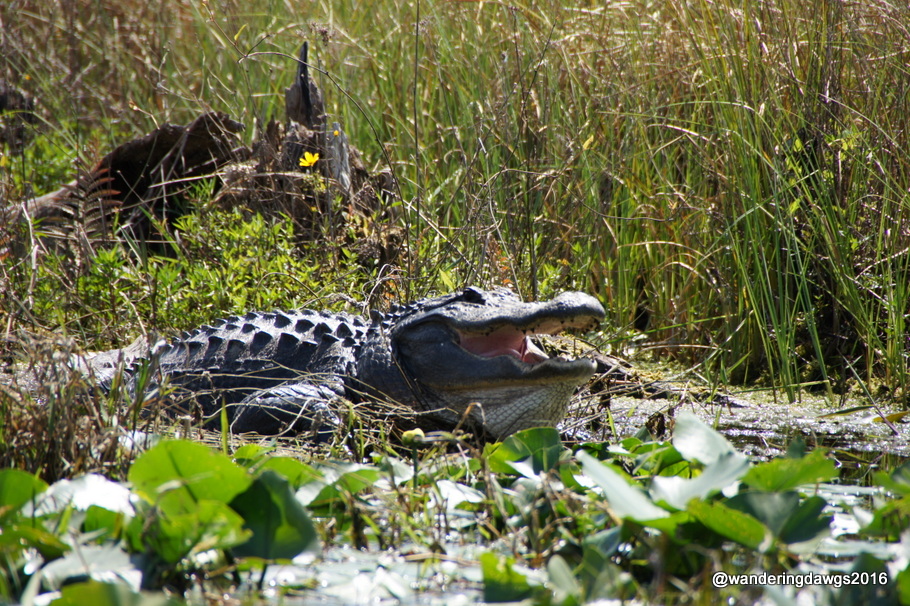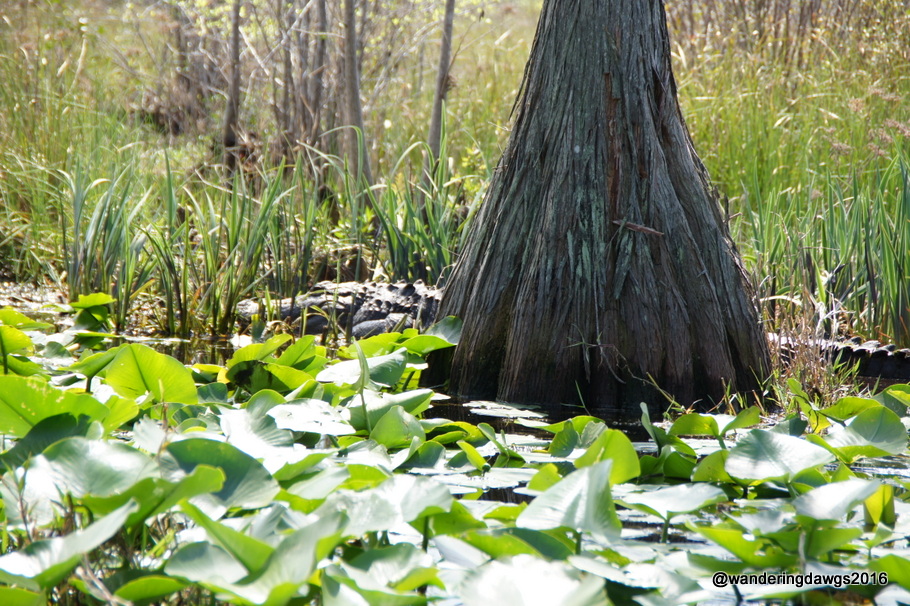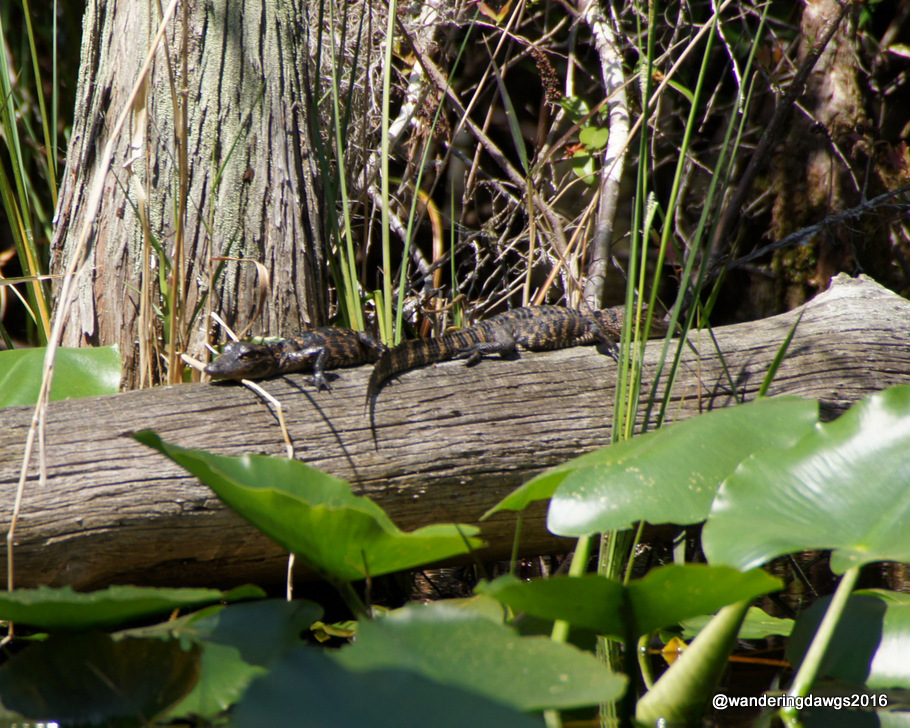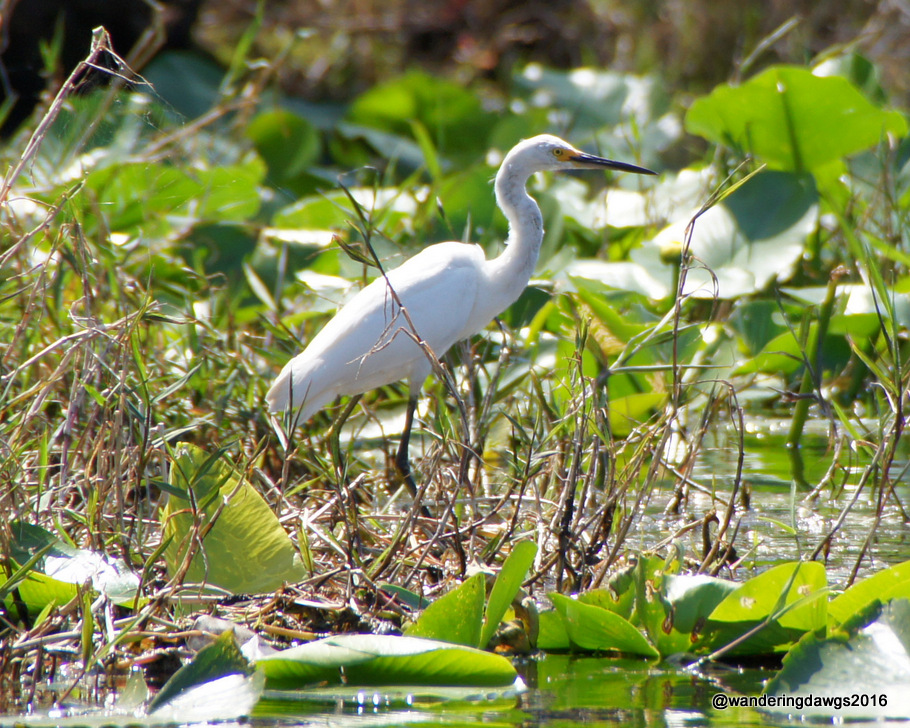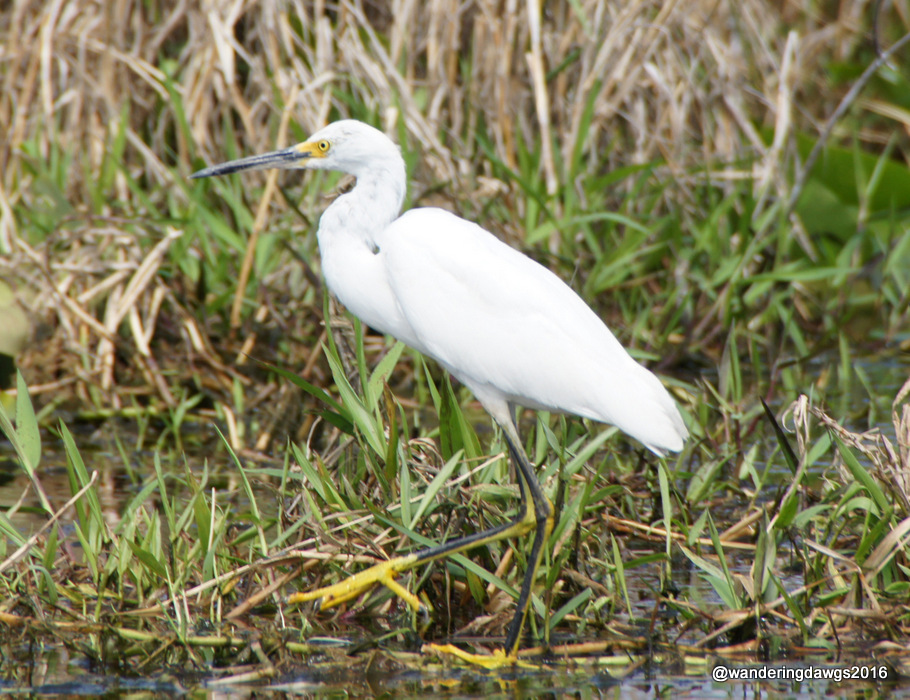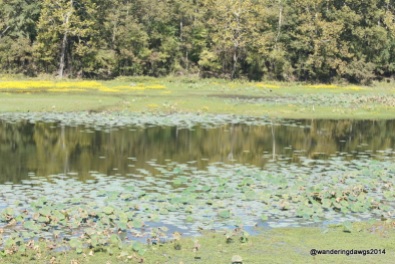Two years ago we traveled through the Mississippi Delta area of Arkansas and fell in love with the area. So naturally when we began planning our trip to Oxford we decided to cross the Mississippi River into Arkansas and return to two of the places we enjoyed back then. When we told our friends we were going to Mississippi by way of Arkansas they looked at us like we were crazy.
Our first stop in Arkansas was Lake Chicot State Park. I posted about our first visit here. After a long day driving through part of Alabama and all across the state of Mississippi, we crossed the Mississippi River into Arkansas and arrived at the campground hot and tired.

We got set up in time to watch a beautiful sunset over Lake Chicot.

The lake was beautiful in the early mornings.

Lake Chicot is the largest natural lake in Arkansas and the largest natural oxbow lake in the United States. It is a popular fishing destination and many varieties of birds can be seen here.




On our first visit here we had our first taste of delicious Mississippi Delta hot tamales so of course getting some more was on the top of our to do list. One day we took a drive back across the Mississippi River to Greenville, Mississippi to pick up three dozen hot tamales to go from Doe’s Eat Place. We were in heaven as we ate some of those spicy tamales for dinner. The rest are in our freezer to take home. I posted about our first visit to Doe’s Eat Place here.


One day we took a self guided driving tour along the levee which runs along the Mississippi River to protect the area from flooding. A gravel road runs on top of the levee and the scenery changes from borrow pits to farms to woods as you go along.




Cotton is the number one crop in this part of the Mississippi Delta and we passed many fields on both sides of the river. Soybeans and sorghum are also big crops in the area.



Next up: A return to another favorite Arkansas State Park in the Mississippi Delta with some scenic drives, a museum, and award winning barbecue.

